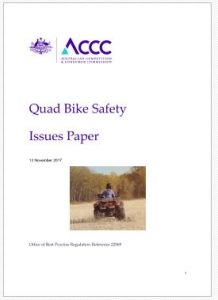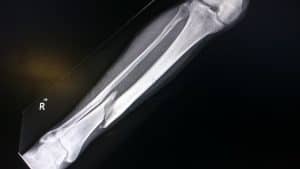 Last week in Sydney and Melbourne law firm Clyde & Co conducted seminars reviewing 2017 through the workplace health and safety perspective. Alena Titterton (pictured right) hosted the Melbourne event which did not follow the proposed topics, but it was friendly and informative, and covered a lot of ground.
Last week in Sydney and Melbourne law firm Clyde & Co conducted seminars reviewing 2017 through the workplace health and safety perspective. Alena Titterton (pictured right) hosted the Melbourne event which did not follow the proposed topics, but it was friendly and informative, and covered a lot of ground.
This article focuses on the statistics presented in the Year in Review document and some commentary from Titterton.
(An exclusive conversation with Titterton is to be in the next episode of Safety At Work Talks podcast)



 On November 9 2017, the Australian Institute of Health and Welfare (AIHW) released statistical data on work-related injury. This data included statistics from workers compensation but also statistics about hospitalised injuries that were identified as work-related but funded by sources other than workers’ compensation. The report also provides a different perspective on mental health.
On November 9 2017, the Australian Institute of Health and Welfare (AIHW) released statistical data on work-related injury. This data included statistics from workers compensation but also statistics about hospitalised injuries that were identified as work-related but funded by sources other than workers’ compensation. The report also provides a different perspective on mental health.  Workplace injury statistics are always less than reality as they are
Workplace injury statistics are always less than reality as they are  On 1 June 2015 Australia’s Radio National broadcast a discussion about the
On 1 June 2015 Australia’s Radio National broadcast a discussion about the 